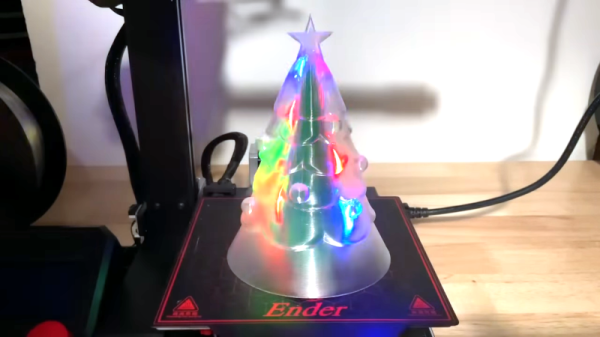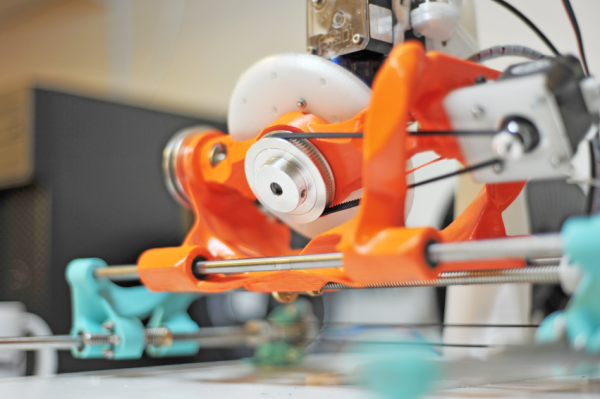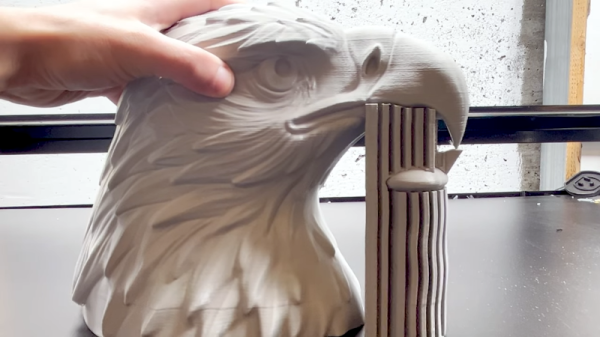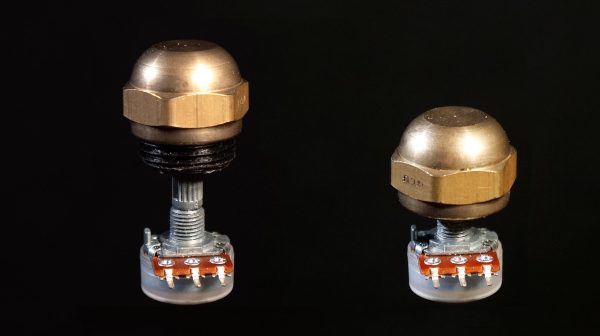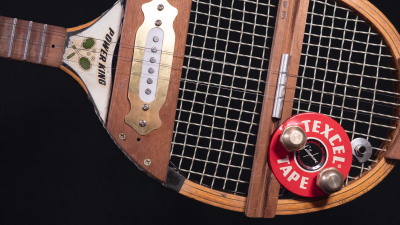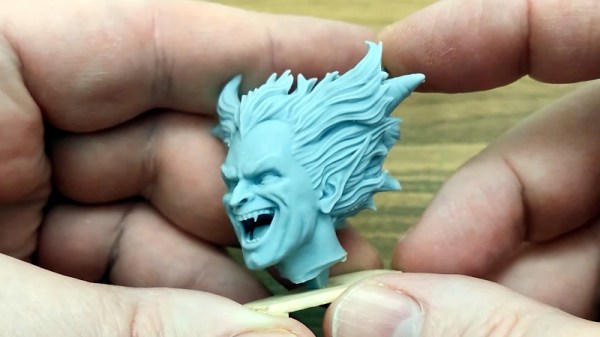[Chuck] often prints up interesting 3D prints. But we enjoyed his enhancement to a cheap LED Christmas tree kit. The original kit was simply a few green PCBs in the shape of a tree. Cute, but not really something a non-nerd would appreciate. What [Chuck] did, though, is printed a clear PLA overcoat for it and it came out great. You can see how great in the video below.
You might think transparent PLA would be really clear, but because of the layers, it is more translucent than transparent. For an LED diffuser, though, it works great. There are a few things to consider when printing for this purpose. First, you’d think vase mode would be perfect for this, but he found out it didn’t work well — possibly due to something in the model, which was a download from Thingiverse.

